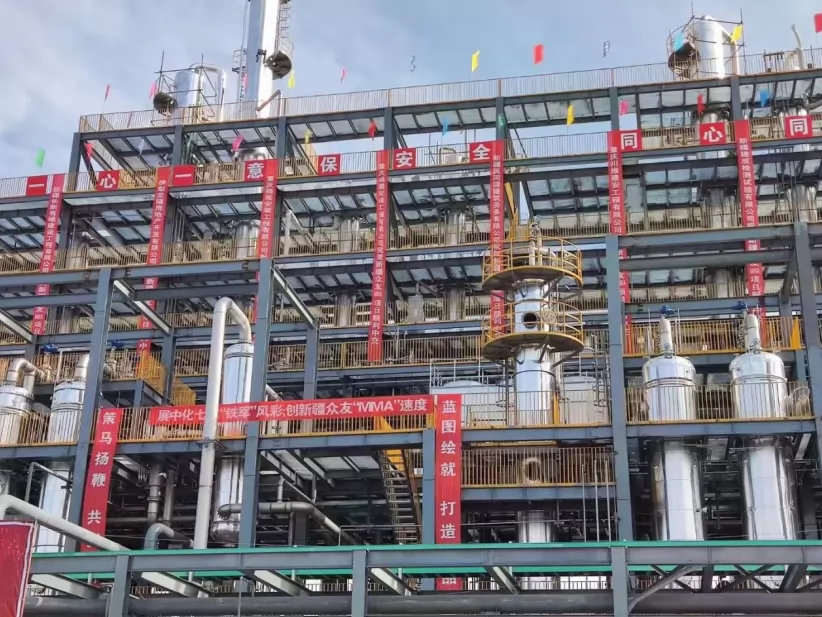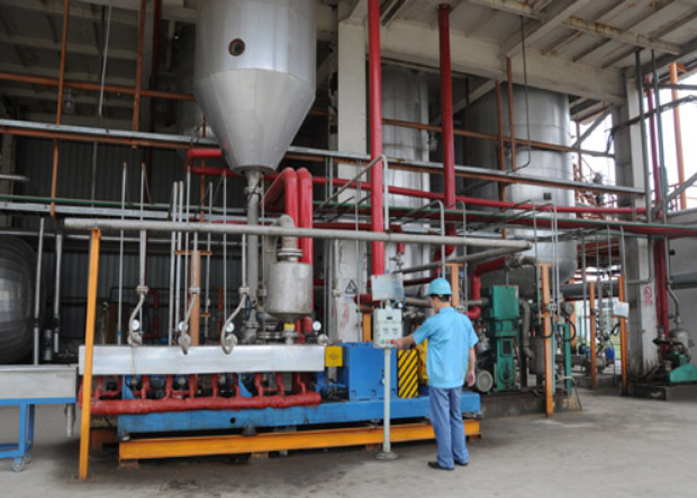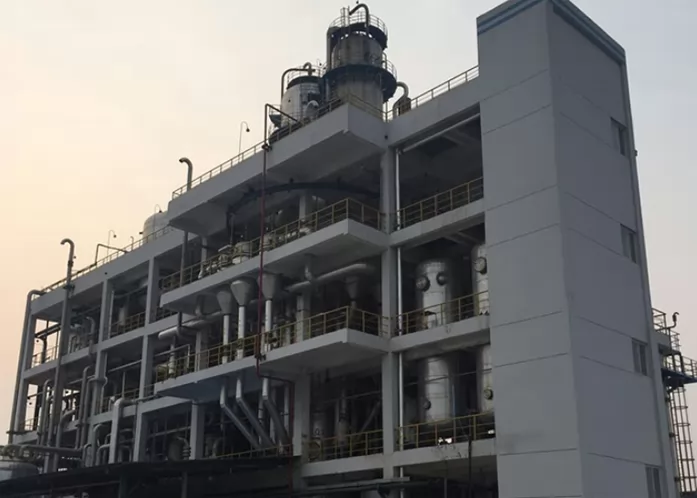Polyformaldehyde Resins, also known as Polyoxymethylene Resins (POM), are thermoplastic resins with excellent comprehensive properties. POM resin has a high elastic modulus, hardness, rigidity and mechanical properties in a large temperature range, can be used for a long time below 104 ℃, embrittlement temperature -40 ℃, and very little water absorption. At the same time, its outstanding feature is the low friction coefficient, the dynamic friction coefficient is the same as the static friction coefficient, and the self-lubricating wear resistance is excellent. The mechanical properties of POM resin are similar to metals, and the specific gravity is small, so it is widely used to replace metal materials such as steel, copper, zinc, aluminum and other plastics. It is also called “the metal in plastic”.
According to different production processes, POM can be divided into homo-formaldehyde and co-formaldehyde. In 1959, DuPont of the United States first realized the industrial production of homopolyoxymethylene; in 1962, Hearst Company of America realized the industrialization of acetal copolymer. Asahi Kasei Corporation of Japan is the only manufacturer that can produce both paraformaldehyde and homoformaldehyde. POM can be divided into three categories according to its use: non-reinforced basic resins, reinforced filling resins and special modified resins. There are roughly 60 to 70 varieties. For example, Japan ’s Mitsubishi Gas Chemical Company owns 36 brand products; Asahi Kasei has 41 brand homo-formaldehyde products and 28 brand co-formaldehyde products; DuPont and Hearst and other companies have 40 brand products. At present, China has only produced less than 10 grades of polyoxymethylene products.
POM can partially replace copper, zinc, aluminum, steel and other metals and is widely used in automobiles, machinery manufacturing, precision instruments, office household appliances, military industry and other industries. POM has the characteristics of high hardness, wear resistance, fatigue resistance and self-lubrication, so it is widely used in the manufacture of various gears, rollers, bearings, conveyor belts, springs, cams, bolts, and various pump bodies, housings, and impeller friction bearings Structural parts of other mechanical equipment.
1. Automobile industry
The application of polyoxymethylene in the automotive industry is relatively large. Parts made of polyoxymethylene have the good effects of reducing lubrication points, abrasion resistance, easy maintenance, simplifying structure, improving efficiency, reducing costs, and saving copper materials. POM is used in the automotive industry to manufacture automobile pumps, carburetors, oil pipes, power valves, universal joint bearings, brake bushings, window regulators, seat belt buckles, door handles, door locks, etc. In heavy-duty vehicles, POM is used to manufacture sliders, external gears for load indicators, leaf spring damping bushes, ball seats for thrust rods, etc. Replacing copper to make half shafts and planetary gears on automobiles not only saves copper, but also improves service life. In the engine fuel system, POM can manufacture radiator water pipe valves, radiator tank covers, coolant reserve tanks, water valve bodies, fuel tank covers, water pump impellers, carburetor housings, accelerator pedals and other parts.
2 Machinery manufacturing industry
In the mechanical manufacturing industry, polyformaldehyde is used to manufacture machine tool motor protection switch, lubricant universal catheter, grinder impeller, cylindrical grinder hydraulic sleeve, etc. Agricultural machinery: parts of manual sprayer, connecting and interconnecting parts of planter, moving parts of milking machine, pump housing for drainage and irrigation, inlet and outlet water seat, joint and casing, etc. It can also be used for aerosol packaging, conveying pipes, components immersed in oil and standard resistance panels.
3. Precision instrument industry
In the precision instrument industry, polyformaldehyde is used to manufacture clocks and cameras rotating parts, wear-resistant pads, support frames and so on.
4.Electrical appliance industry
Due to its high dielectric strength and insulation resistance, it has properties such as arc resistance, making it widely used in the field of electronic appliances. POM is used in office equipment for telephones, radios, recorders, video recorders, televisions, computers and fax machines, timer parts, and tape recorder tape recorders. Used in the household appliance industry to manufacture power plugs, power switches, buttons, relays, washing machine pulleys, air conditioner crankshafts, microwave door rockers, rice cooker switch mounting plates, refrigerators, electric wrench shells, electric wool shear shells, coal drill Various parts such as housing and switch handle.
5.Military industry
POM is used in the military industry to manufacture mortars, gun trigger hammers, bullet belts, etc. In tank armored vehicles, POM is used to make water radiators, drain pipes, cooling fans, tank-operated rotary switches, rotary shaft sleeves, reciprocating sliding rods, etc.
6.Construction and sports industry
Faucet, window frame, washbasin, water tank, door curtain pulley, water meter, shell and water pipe joint, etc. POM can also be used for fire faucets, skis, roller skates, fishing gear pulley, wooden comb, clothing zipper, sealing ring, etc.
7 .Pharmaceutical packaging machinery
Conveying screw, star wheel, rack, sprocket, pad, etc.
8.Agricultural machinery
Parts of manual sprayer, connecting and interconnecting parts of planter, moving parts of milking machine, pump housing for drainage and irrigation, inlet and outlet water seat, joint and casing, etc. It can also be used for aerosol packaging, conveying pipes, components immersed in oil and standard resistance panels.

















